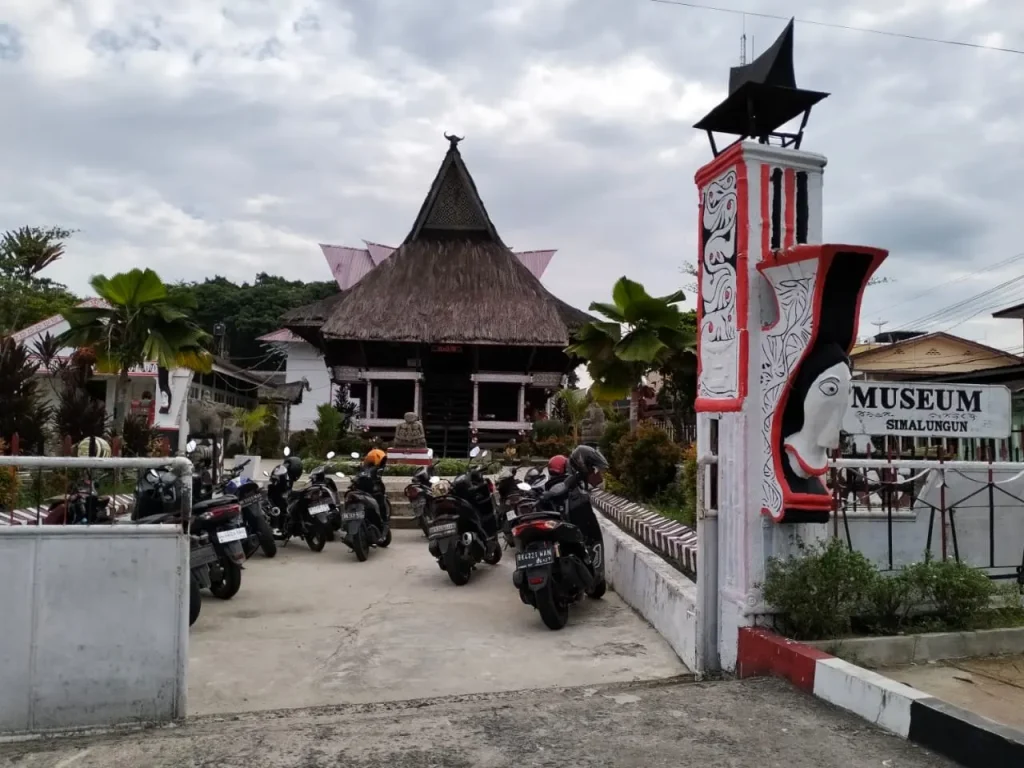Practical learning is a crucial aspect of education, particularly in fields such as construction, where theoretical knowledge must be effectively applied to real-world scenarios. This article explores the importance of practical learning in the construction industry, the benefits of integrating theory with practice, and strategies for enhancing practical learning experiences in construction projects.
The Importance of Practical Learning in Construction

1. Bridging the Gap Between Theory and Practice
The construction industry is inherently practical, requiring professionals to apply theoretical concepts in tangible ways. Understanding principles such as structural integrity, materials science, and project management is essential, but these concepts must be translated into real-world applications. Practical learning helps students and professionals bridge this gap, ensuring they can effectively implement their knowledge on-site.
2. Enhancing Skill Development
Hands-on experience is vital for developing essential skills in construction. Practical learning allows individuals to hone technical skills, such as operating machinery, interpreting blueprints, and managing teams. These skills are best acquired through direct involvement in construction projects, where learners can practice and refine their abilities in a supportive environment.
3. Building Confidence
Engaging in real-world projects helps students and professionals build confidence in their abilities. Successfully applying theoretical knowledge in practical situations reinforces learning and empowers individuals to take on more significant responsibilities. This confidence is crucial for career advancement in the competitive construction industry.
4. Fostering Problem-Solving Abilities
Construction projects often present unexpected challenges that require innovative solutions. Practical learning encourages critical thinking and problem-solving skills, as individuals must adapt their theoretical knowledge to address real-time issues. This ability to think on one’s feet is invaluable in a dynamic work environment.
Benefits of Integrating Theory with Practice
1. Improved Retention of Knowledge
Research shows that experiential learning enhances knowledge retention. When students apply theoretical concepts in practical settings, they are more likely to remember and understand the material. This deeper understanding is essential for long-term success in the construction field.
2. Enhanced Collaboration and Communication Skills
Construction projects typically involve diverse teams, requiring effective collaboration and communication. Practical learning experiences foster teamwork, as individuals must work together to achieve common goals. This collaboration helps develop interpersonal skills that are critical in the construction industry.
3. Real-World Networking Opportunities
Participating in practical learning experiences allows students and professionals to build valuable connections within the industry. Networking with peers, mentors, and industry professionals can lead to job opportunities, collaborations, and insights into industry trends.
4. Increased Employability
Employers often seek candidates with practical experience, as it indicates readiness for the demands of the job. By integrating practical learning into education, individuals can enhance their resumes and increase their employability in the competitive construction market.
Strategies for Enhancing Practical Learning in Construction Projects
1. Internships and Apprenticeships
Internships and apprenticeships provide invaluable hands-on experience in real-world construction settings. These programs allow individuals to work alongside experienced professionals, gaining insights into industry practices while applying their theoretical knowledge.
2. Simulation and Virtual Reality
Utilizing simulation technologies and virtual reality (VR) can create immersive learning experiences for students. These tools allow learners to practice skills in a safe environment, simulating real-world scenarios without the risks associated with actual construction sites.
3. Collaborative Projects
Encouraging collaborative projects within educational institutions can enhance practical learning. Group assignments that mimic real-world construction challenges foster teamwork and problem-solving while allowing students to apply theoretical concepts in a practical context.
4. Industry Partnerships
Forming partnerships with inca construction companies can provide students with access to real-world projects. These collaborations can facilitate site visits, guest lectures, and project-based learning opportunities, enriching the educational experience.
5. Capstone Projects
Incorporating capstone projects into curricula allows students to apply their accumulated knowledge to a comprehensive construction project. These projects can involve planning, design, and execution, providing a holistic learning experience that integrates theory and practice.
Conclusion
Practical learning is essential for successfully applying theoretical knowledge in real-world construction projects. By bridging the gap between theory and practice, enhancing skill development, and fostering problem-solving abilities, practical learning prepares individuals for the challenges of the construction industry.
Integrating hands-on experiences, internships, simulations, and collaborative projects into educational programs can significantly enhance the learning experience. As the construction industry continues to evolve, emphasizing practical learning will ensure that future professionals are equipped with the knowledge, skills, and confidence needed to excel in their careers. By investing in practical learning, we can build a stronger, more capable workforce ready to tackle the complexities of modern construction projects.
Read also about Almond Milk to learn about its nutritional benefits, how it’s made, and why it’s a popular dairy alternative for health-conscious lifestyles.



